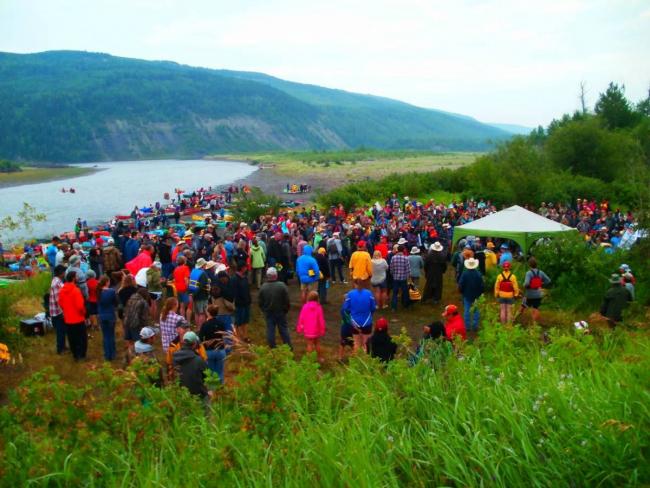Articles Menu

This week, a year almost to the day since the ground-breaking Supreme Court of Canada decision affirming aboriginal title in the Tsilhqot’in case, another B.C. First Nation will be in federal court trying to prevent yet another destructive project that is being aggressively pursued without aboriginal consent.
The $9-billion-plus Site C, the third dam on the Peace River in northeastern B.C., would flood hunting grounds, contaminate the remaining Native fisheries, and obliterate literally hundreds of cultural and spiritual sites. It’s not like the First Nations have anywhere else to go. A study commissioned by the West Moberly First Nations earlier this year showed highly toxic levels of mercury in trout caught in the Williston drainage. Some rivers have high levels of selenium from coal mines. In a region scarred by two large dams and criss-crossed with oil and gas installations, Treaty 8 First Nations are rapidly running out of places to meaningfully exercise their rights, guaranteed by treaty “as long as the sun shines, the grass grows and the rivers flow”.